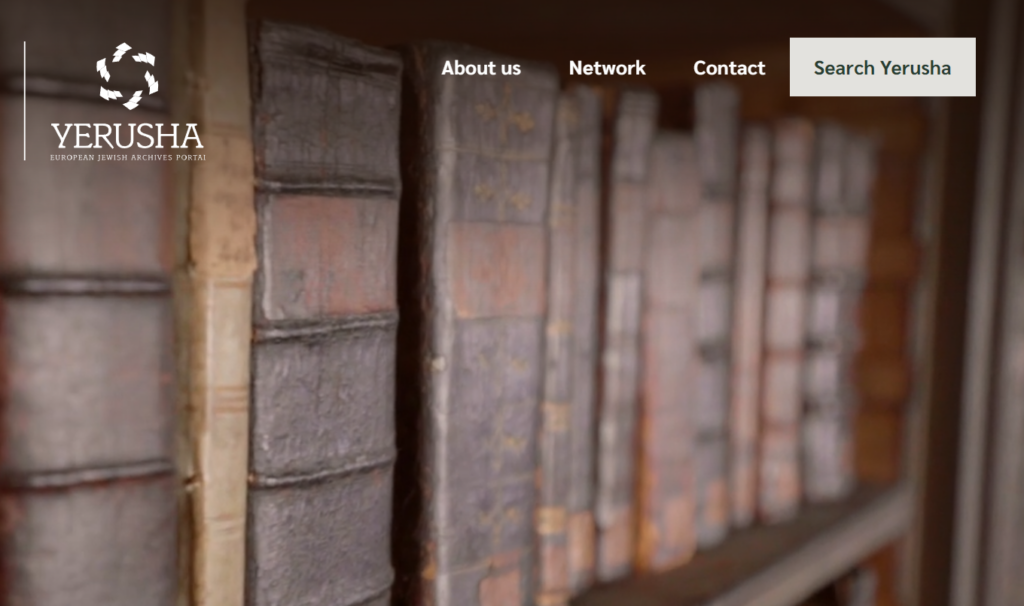The Yerusha Project
Unifying our scattered heritage
The Yerusha Project is a digital humanities initiative of the Rothschild Foundation Hanadiv Europe to create an online hub of information regarding European Jewish archival heritage.
Understanding and harnessing the digital turn is essential for anyone who studies, discusses, and disseminates knowledge about the heritage of any nation, culture, or religion. Therefore, it is vital for those who study and discuss Judaism and Jewish history. There are certain aspects of Jewish heritage that are particularly suitable to be explored via digital approaches, but let me mention here just one: its scattered nature. Jewish archival and tangible heritage is unprecedentedly scattered all around the world. Millions of pages of Jewish and Jewish-related documents written in dozens of languages lie in thousands of locations.
For the first time in history, the online environment enables us to unify this vast cultural heritage. A series of digital projects are built on this conviction. The Friedberg Genizah Project, YIVO’s Vilna Collections Project, the National Library of Israel’s Ktiv Project, and Sefaria are prime examples of outstanding endeavors whose goal is to gather and present on one online platform the pieces of a scattered culture. The Yerusha project is part of these efforts.
Methods and numbers
At this stage, we do not plan to digitise documents, but we collect and publish information regarding the archival collections. This is in the form of archival descriptions, which are texts describing the content of the material. Our researchers author these with a methodology based on the most acknowledged, international professional archival standards. We do not deliver the image of the actual document to the users’ screen, but we provide a plethora of detailed and precise information on the whereabouts and content of the records of his or her research interest.
We are well aware that a lot of work has been already done on mapping Jewish archival materials. We do not want to reinvent the wheel – we plan to incorporate these results, laid out in printed and digital finding aids and descriptions, into the database.
Yerusha is open to anyone with internet access and an interest in Jewish history. In practice, we expect that mainly academic researchers would use the portal. Our key aim has been to create a research tool for the scholarly community while remaining flexible and open to the needs of others. A typical Yerusha user logs into the database to look for information on a research topic the documents of which are scattered in many archives.
In the past years, Yerusha has implemented archival survey projects in close to 700 archives of 27 countries with the participation of 150 researchers and 26 institutions of academic excellence. The covered countries and regions stretch from Georgia and Western Siberia on the east to Ourense, Spain in the west. The northernmost archival collections covered by Yerusha are in Helsinki while the southernmost ones are in Crete, Greece. We are working in all types of holding institutions, from large state archives like the Belgian National Archives or the Hungarian National Archives to small Jewish community archives, for example in Cluj-Napoca, Romania.
Yerusha is not a closed project. In the coming months we will upload additional materials from Poland, Hungary, Finland, and Portugal, and next year we will extend our surveys to so-far unexplored collections across Europe.
Dr Gabor Kadar is the Director of the Yerusha Project
g.kadar@rothschildfoundation.eu

Figure 1: Header of the the Yerusha Project portal





